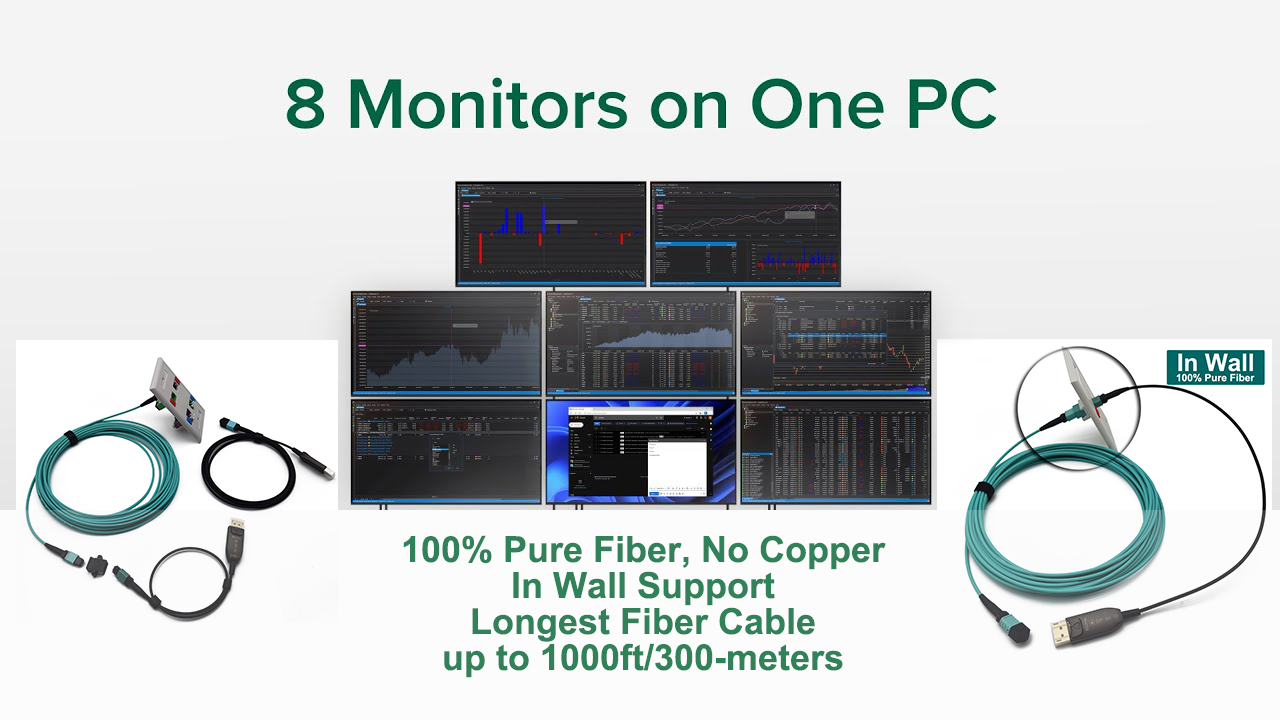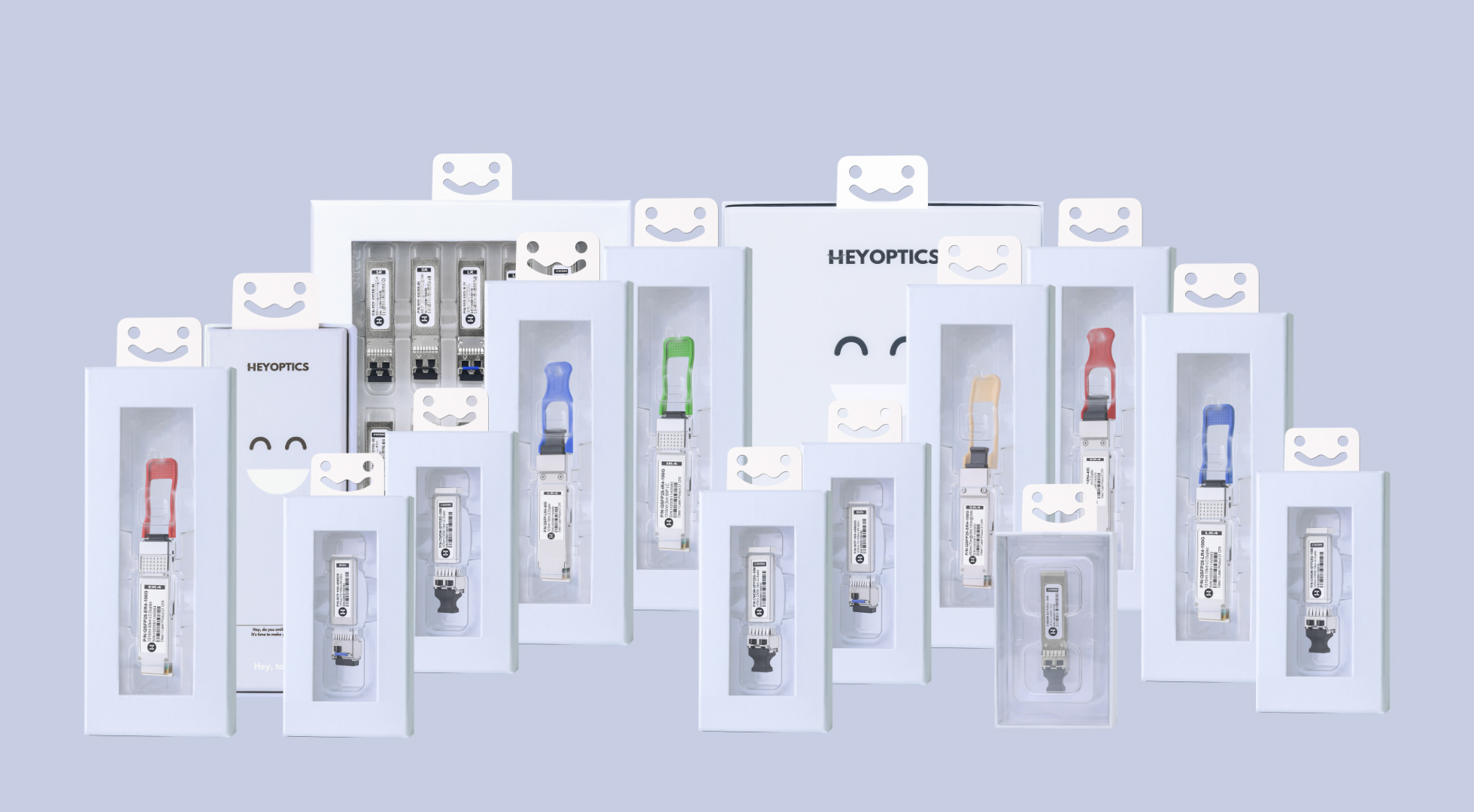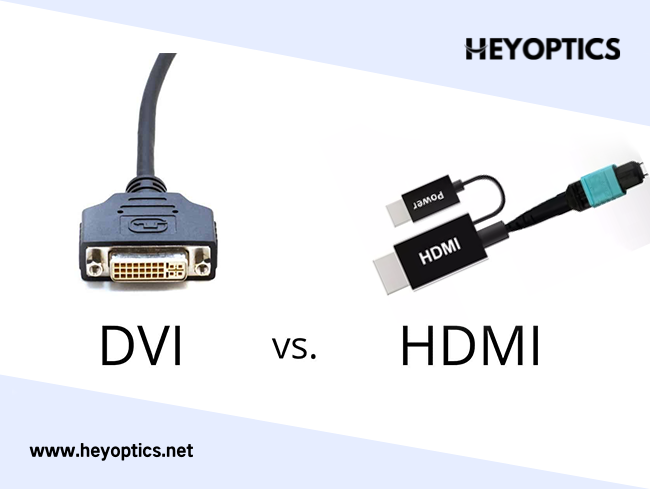4K HDMI 2.0 VS 8K HDMI 2.1: Top-notch gaming experience
As with so many advances, it could be gaming that ushers us into an 8K world faster than movies or TV shows. With the introduction of HDMI 2.1 consoles like PS5 and Xbox Series X, and a growing number of HDMI 2.1 AVRs, TVs, and monitors, you can now upgrade your current setup for the ultimate entertainment experience.
While very little 8K content is available today, you can still future-proof your home entertainment setup—and 8K HDMI 2.1 is the gateway to that. Ultra-fast data transfer for lag-free gaming, extreme audio, vibrant colors and crisp detail are some of the more popular 8K HDMI 2.1 features that allow you to fully engage in a top-notch gaming experience.
4K HDMI 2.0 VS 8K HDMI 2.1
What is HDMI 2.1? The new standard for HDMI connectors was confirmed back in November 2017 but has yet to trickle down into mass-market television hardware. When it does though, it will mark a big step for both the AV industry and the home viewers wanting to get the most out of their TV series, films, broadcasts, and gaming consoles.
Resolution & Data Transfer Speed
While the difference between 8K and 4K resolution is great when comparing the number of pixels in each, it's nearly invisible to the naked eye. What really makes all the difference is the speed provided by the major increase in the 8K cable’s bandwidth. 8K’s higher resolution and frame rate require more data than 4K, and since a cable’s bandwidth regulates how much data the cable can transfer, HDMI 2.1 opens the throttle.
Boasting speeds of up to 48Gbps, 8K cables deliver data at more than twice the speed of 4K cables, which transfer data up to 18.2Gbps. Think of the 8K cable as a six-lane highway and the 4K cable as a two-lane highway. The six-lane highway can not only accommodate more traffic, but, when the same amount of traffic is traveling down each of those two highways, the traffic can flow much faster using six lanes instead of two.
4K HDMI 2.0 cables deliver 4K at 60 frames per second (fps), while 8K HDMI 2.1 cables deliver 8K content at 60fps or 4K content at 120fps, since less data is required to transmit 4K content. The bottom line is that if you have 4K content, you’ll get twice the frames per second using an 8K cable. We’re talking real-time gameplay, low latency and lag-free gaming. This makes 8K the clear choice for setups compatible with HDMI 2.1.
Benefits OF 8K HDMI 2.1
As mentioned earlier, 8K HDMI 2.1 has many benefits over 4K HDMI 2.0. While I won't focus on all the features that HDMI 2.1 brings, I'll cover a few 8k HDMI fiber cable features that, in addition to its incredible bandwidth, are worth the investment over an HDMI 2.0 cable.
8K HDMI 2.1 optical cable function
- Enhanced Audio Return Channel (eARC)
HDMI 2.1’s eARC capability not only permits a direct connection to an ARC/eARC-compatible soundbar or audio system, but when connecting eARC-compatible equipment, it can unleash a superior audio performance, accommodating spatial capability supporting up to 100 audio channels. Talk about amazing home theater surround sound! Featuring more bandwidth than conventional ARC, eARC is designed to accommodate complex multichannel formats, like Dolby TrueHD, DTS:X, Dolby Atmos, Sonos Beam and more.
- Dynamic HDR
While HDR (High Dynamic Range) provides better brightness, contrast, details and colors than SDR (Standard Dynamic Range), HDR is static, keeping the same HDR settings for each frame. The Dynamic HDR in HDMI 2.1 enhances that visual experience further by allowing better flow between frames and making automatic adjustments, so each frame looks its best. According to HDMI.org, HDMI 2.1 “ensures every moment of a video is displayed at its ideal values for depth, detail, brightness contrast and wider color gamuts — on a scene-by-scene or even a frame-by-frame basis.”
- Variable Refresh Rate (VRR)
For gamers, detailed, fluid gameplay with reduced or zero lag, stutter and frame tearing creates the ultimate, immersive environment — and HDMI 2.1 definitely delivers with a Variable Refresh Rate (VRR) up to 120Hz. According to TechRadar.com, VRR “helps to keep games looking smooth by switching up the refresh rate on the fly to best suit how much is happening on screen.” We’re talking super-smooth visuals for real-time gameplay, making it perfect for competitive multiplayer action.
| Feature | 4K HDMI 2.0 | 8K HDMI 2.1 |
| Maximum bandwidth | 18Gbps | 48Gbps |
| Maximum video resolution | 4K@60Hz | 4K@120Hz or 8K@60Hz |
| Maximum frame rate | 4K@60fps | 4K@60fps or 8K@120fps |
| Maximum refresh rate | 60Hz | 120Hz |
| HDR | Static | Dynamic |
| Game mode variable refresh rate | No | Yes |
| eARC | No | Yes |
Next-level HDMI cables for next-level gaming
If you're ready to upgrade your gaming setup, check out these 8K HDMI 2.1 cables. They are available in a variety of lengths up to 1000ft (303m) in length and are fully HDMI 2.1 compliant. However, what sets them apart is their unique design. The 8K HDMI 2.1 cable has a futuristic look and also helps you easily identify connected devices.
Conclusion
8K adoption will be a slow burn process, but it will inevitably happen as we have already seen the very same challenges overcome before with the adoption of 4K.
The amount of visual information captured in every frame of 8K video is so much greater than HD that it opens the door for many more creative and technical innovations to be achieved in how the video is used, especially when we begin to consider the accuracy of computer vision, object recognition and machine learning that can be applied onto high fidelity 8K video to begin using it as a data source for video analytics.



